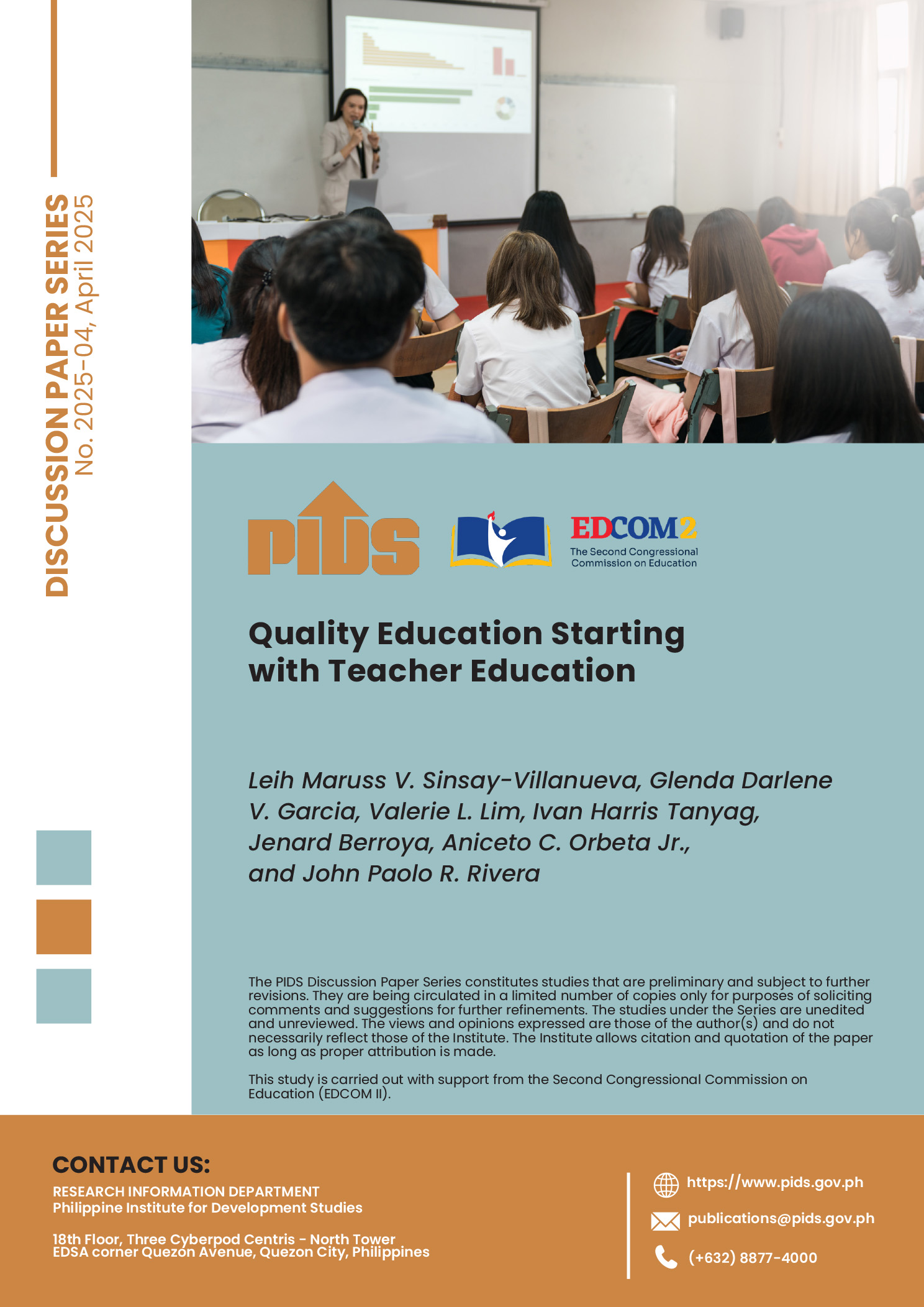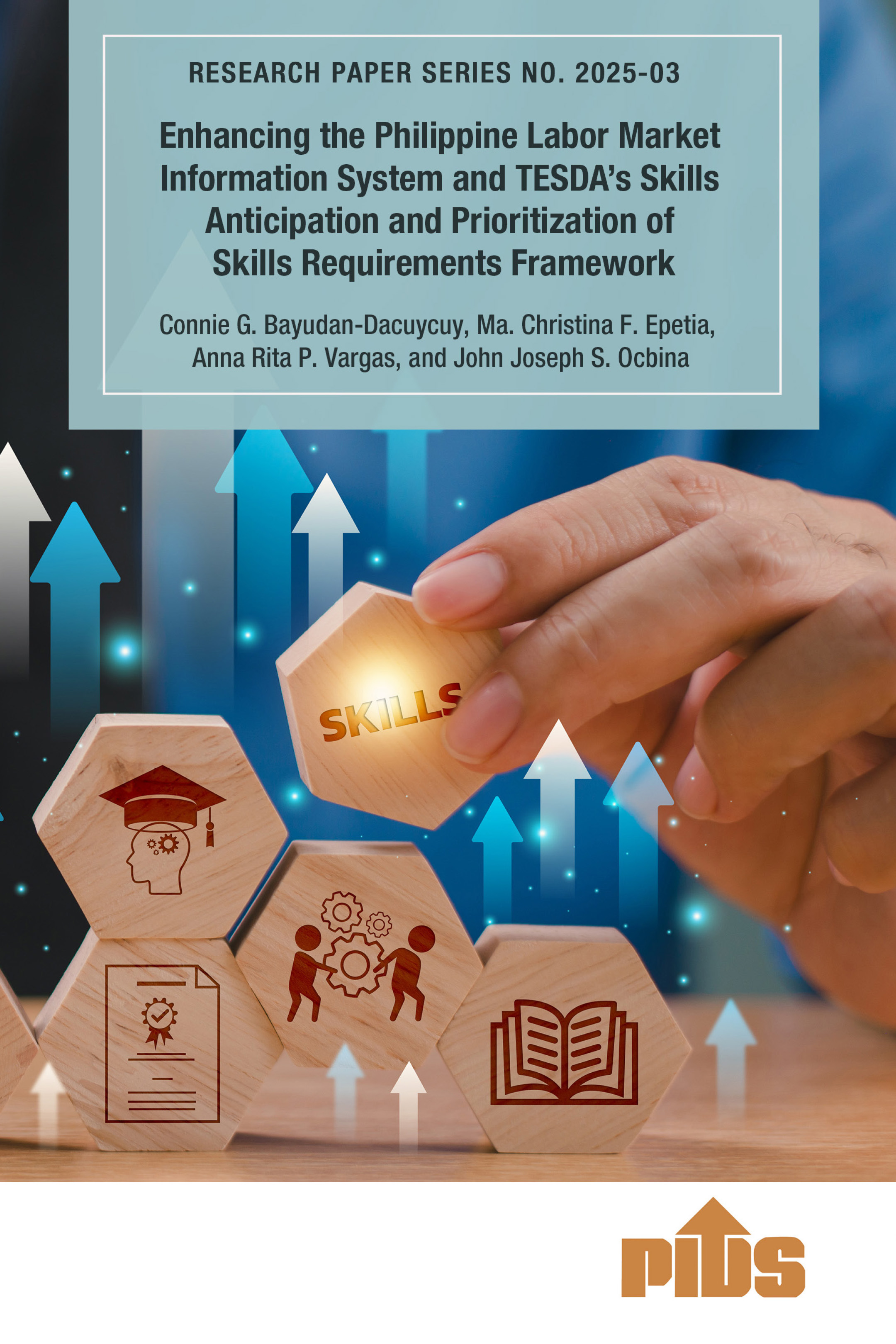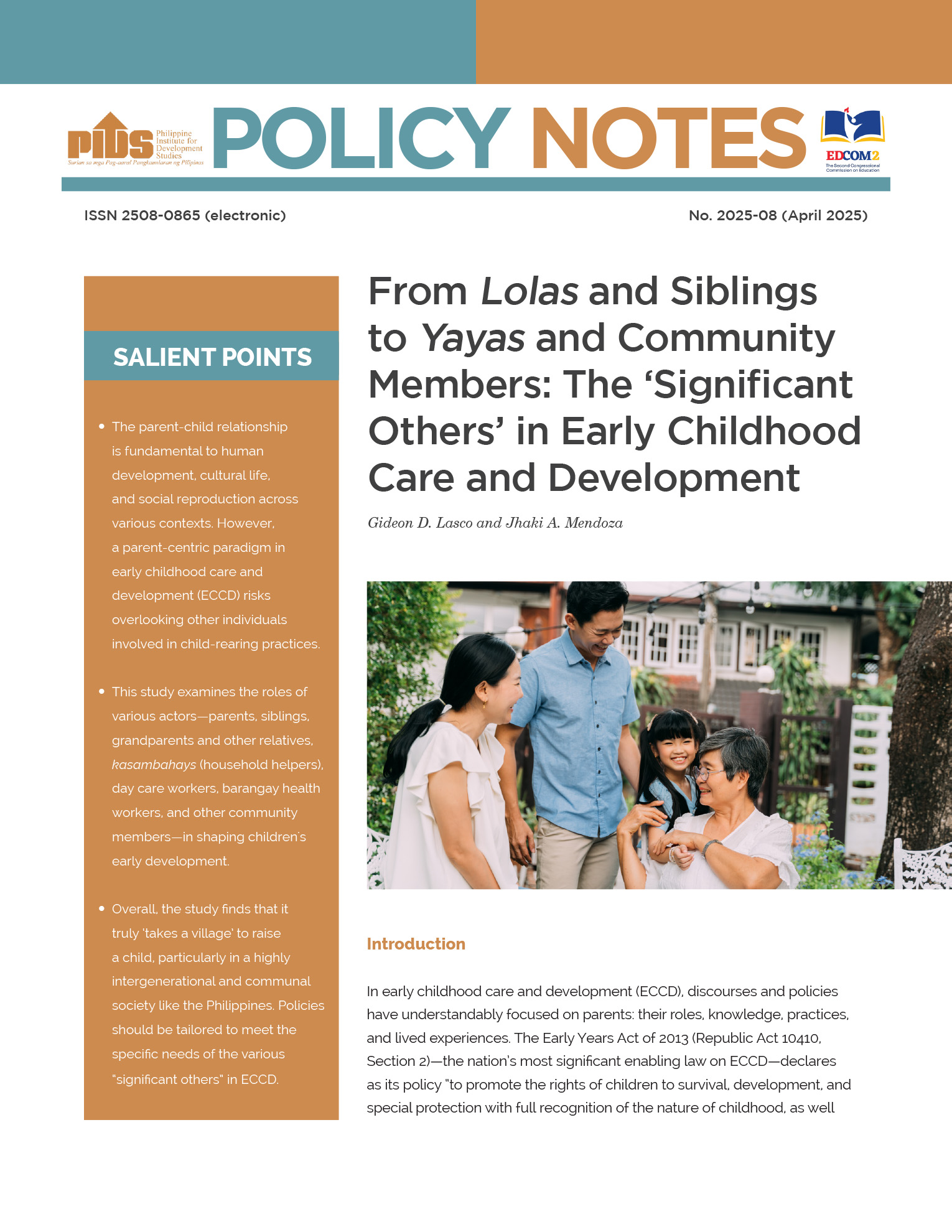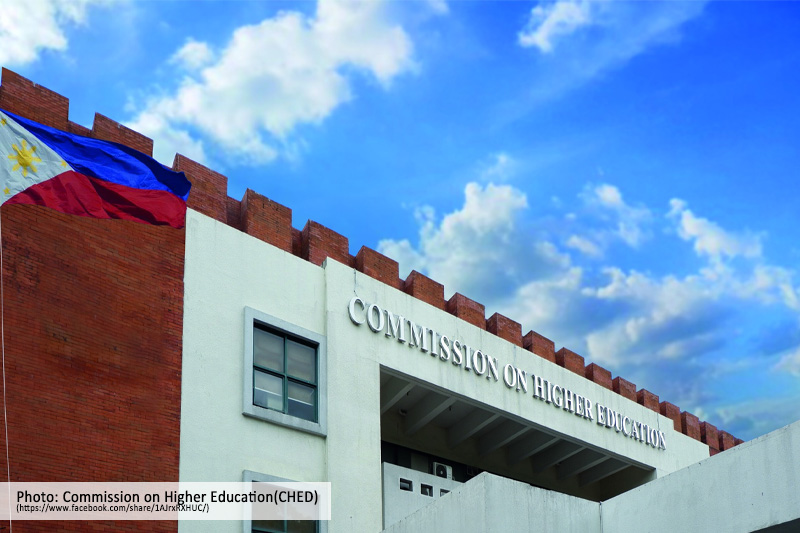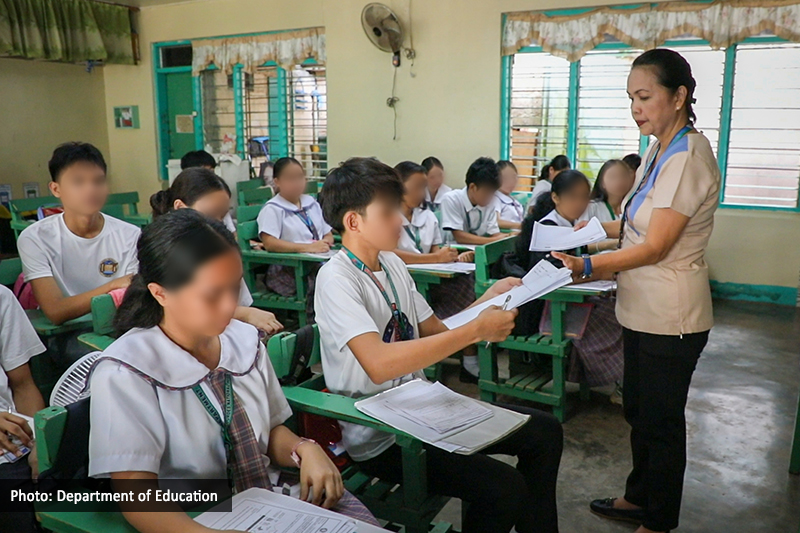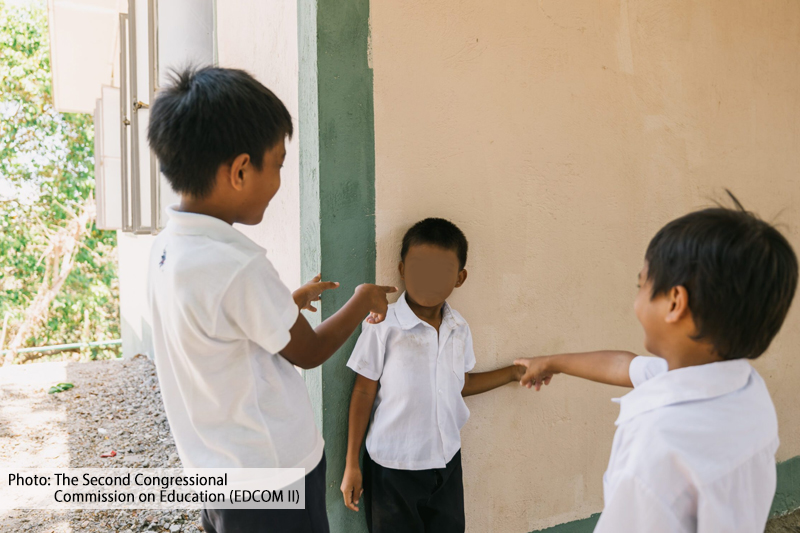More Filipino adults are growing dissatisfied with the K-12 basic education system, a Pulse Asia survey commissioned by Senator Sherwin Gatchalian showed.
The survey, conducted from June 24 to 27, showed that 44 percent of the respondents were not satisfied with the program, while 39 percent were satisfied, and 18 percent were undecided.
The survey, which has a margin of error of ± 2.8 percent, queried 1,200 Filipino adults.
A similar survey in September 2019 showed that only 28 percent of the respondents were not satisfied with the K-12 program, indicating that dissatisfaction was growing.
On the other hand, 50 percent of respondents in the September 2019 survey were satisfied with the program, a figure that dropped to 39 percent in this year’s survey.
Gatchalian said the growing dissatisfaction with the K-12 system highlighted the need to review and reform the program.
A top reason for the dissatisfaction, Gatchalian said, was the extra financial burden that the program entailed.
The senator also cited a 2020 discussion paper by the Philippine Institute for Development Studies (PIDS) that showed that while the K-12 program promised to boost employability among senior high school graduates, only a little over 20 percent of them enter the labor force while 70 percent continue with their education.
The same discussion paper added that historically, the Filipino youth or those aged 15-24 have the lowest rates in terms of labor force participation in the ASEAN region. For example, 70 percent of Vietnamese youth are in the labor force but only less than 60 percent of their counterparts in the Philippines are in the labor force.
“We should thoroughly review the implementation of K-12 to ensure that the goals of bringing quality education would be achieved,” said Gatchalian, chairman of the Senate committee on basic education, arts, and culture, added.
Earlier, Vice President and Education Secretary Sara Duterte-Carpio said President Ferdinand Marcos Jr. is open to a possible review of the implementation of the K-to-12 program in schools.
The K-to-12 curriculum was first introduced in 2011 under the administration of the late President Benigno Aquino III.
Marcos said a review of the country’s education curriculum aims to equip students with skills required by different industries and address the existing job mismatch.
He said basic education skills and knowledge must be improved to prepare students as they pursue a higher level of learning.
Trade Secretary Alfredo Pascual, for his part, cited the National University of Singapore which offers focused but short courses on certain technology and awards students with micro-credential, which is similar to a diploma but for a short course.
“We’re developing or helping universities develop this system of micro-credentialing because technology is changing very fast. There is a need for workers to update themselves, to reskill or upskill,” Pascual said.
The DTI secretary also underscored the need to send Filipino teachers abroad for training.
To address the current job mismatch, Pascual said the DTI will collaborate closely with the Department of Education, Commission on Higher Education, and TESDA.

